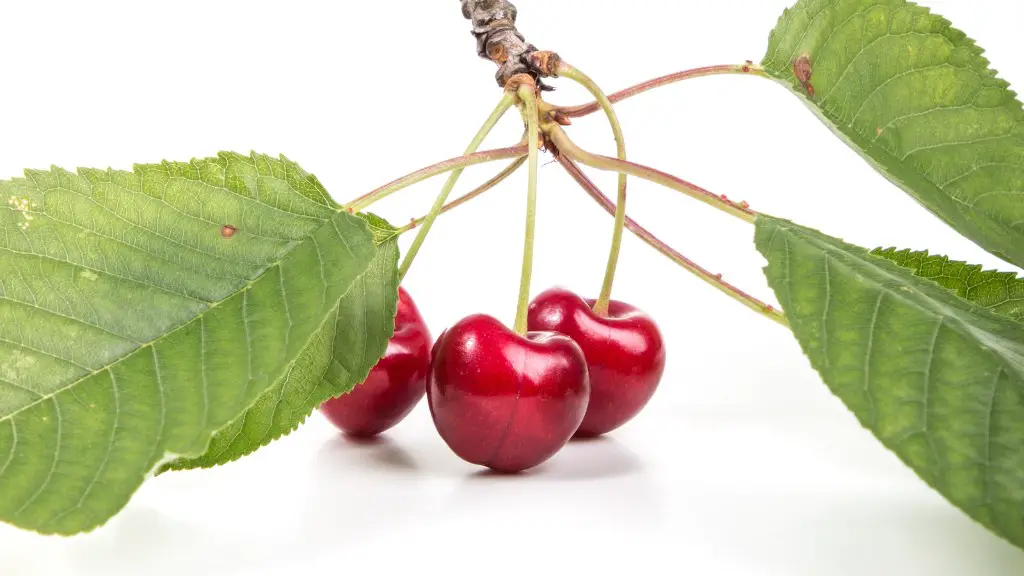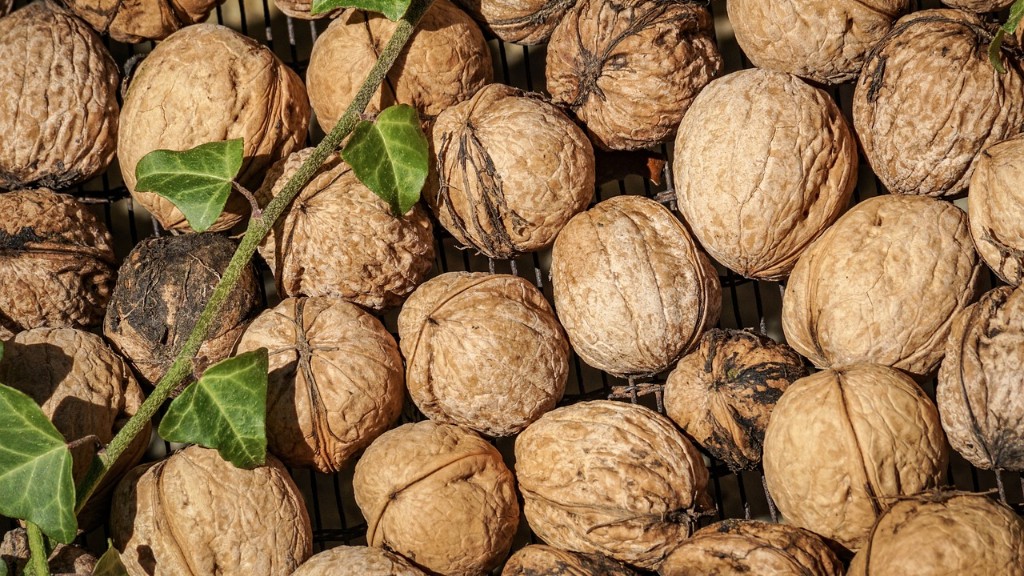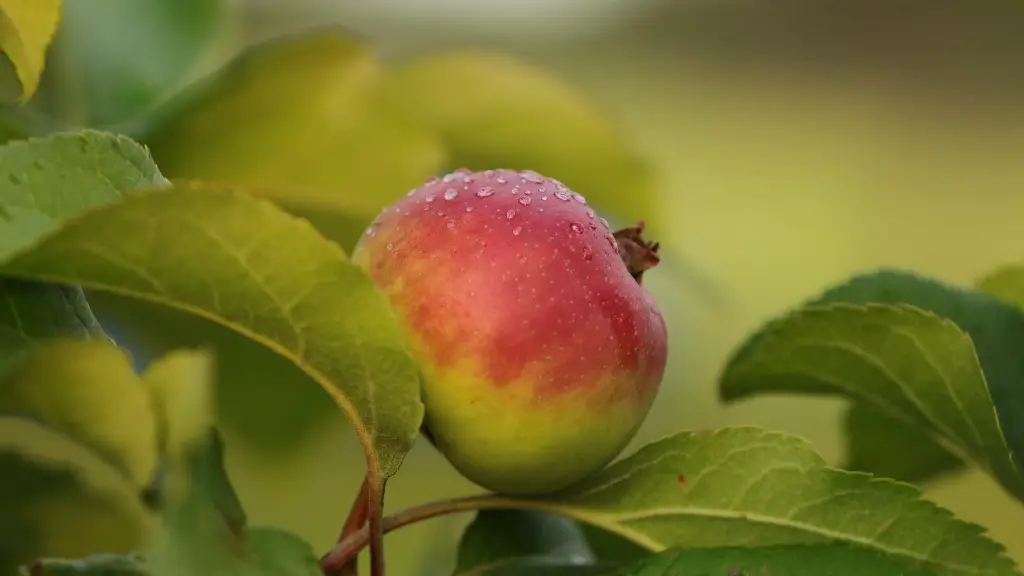Taking care of a potted lemon tree requires the right combination of soil, water, sunlight, and fertilizer to ensure it grows healthy and produces juicy lemons. Here’s a step-by-step guide on how to provide your lemon tree with all it needs to thrive.
1. Start with a suitable pot for your lemon tree. Clay pots are ideal because they are porous and allow oxygen to reach the tree’s roots. The pot should also have drainage holes to prevent the roots from being waterlogged. Choose a container that is slightly larger than the root ball of the tree.
2. Fill the pot with a soil mix that is tailored for citrus. This mix usuallyhas a considerable content of organic material and should be looser than a standard garden soil. Avoid using regular soil as it may contain pathogens and other organisms that can damage your tree.
3. Give your tree regular watering but make sure to check the moisture level of the soil first. Plant roots need air so ensure the soil doesn’t stay soggy or wet. You should water your tree until moisture comes out from the drainage holes at the bottom of the pot. Water less in the winter.
4. Place your lemon tree in an area that receives a minimum of four to six hours of sunlight each day. If your environment does not provide sufficient light, you can supplement the natural light with an artificial grow light.
5. Fertilize your lemon tree in the spring and summer months with an organic citrus fertilizer. Follow the instructions on the packaging when determining the amount and frequency of applications.
6. Prune the tree to keep it healthy. Remove any dead or damaged leaves or branches and shape the tree by cutting off any excess branches or shoots. Invest in a pair of good quality pruning shears to get the job done right.
7. Be sure to inspect your potted lemon tree regularly for pests and diseases. If any are present, take action immediately to protect your plant and stop them from multiplying. Also, use a citric-based pesticide during the growing season in case of pest infestations.
Winter Care
Caring for a lemon tree in winter months is just as important as caring for it in warmer weather. If you live in a colder climate, your tree is going to need extra protection. Arrange it a sheltered spot, preferably somewhere sheltered from freezing winds. Place mulch and burlap around the tree’s base to keep the roots insulated. You should also wrap the tree in a blanket and make sure the leaves are kept dry to avoid cold damage.
When temperatures drop below 15 degrees Celsius, you should stop fertilizing and limit watering the tree, although you should still check the soil occasionally to make sure the roots are not drying out. Additionally, you may want to use a pine-needle mulch or evergreen boughs to provide extra insulation.
Transplanting a Lemon Tree
If your lemon tree has outgrown its pot, then it’s time to transplant it. Start by selecting a pot that is at least twice the size of the previous pot, as this will provide room for the tree’s roots to spread out. Make sure the new pot has drainage holes, and use an appropriate potting soil.
When transplanting, gently loosen the roots around the root ball and spread them in the new pot. Then, fill in the empty spaces with the potting soil and give the tree a good watering. Make sure to keep the soil level slightly higher than the root ball. And don’t forget to place your tree in a sunny spot, and water regularly.
Harvesting Lemons
Depending on the type of lemon tree, you can expect to harvest your lemons between six and nine months of the year. Lemons typically have a yellow or greenish-yellow color when they are ready to be picked. If you’re unsure if they are ripe, try to gently twist it off the stem; if it comes off easily, it’s ready.
When harvesting lemons, try to be gentle with the stem and leave a little bit of stem attached to the lemon. This will help preserve the fruit and it’ll be less likely to spoil in the refrigerator. It’s also a good idea to wear gloves when harvesting lemons to protect yourself from lemon juice.
Pruning a Lemon Tree
Pruning a lemon tree is essential for maintaining its health and shape. A potted lemon tree should be pruned regularly; the more often you prune it, the more it will produce healthy, juicy lemons. Start by removing any dead, diseased, or damaged branches or leaves from the tree. Then, selectively choose branches that are overcrowding each other and cut them off. Also, keep in mind to avoid removing more than one-third of the tree’s branches or leaves.
It’s important to use the right pruning tools; a sharp pair of bypass pruners and loppers are ideal. If you don’t have those, use a pair of scissors and cut at the base of the branch, where it meets the main trunk. Be sure to sterilize the pruning tools with either rubbing alcohol or bleach before and after pruning to prevent the spread of diseases.
Lemon Tree Troubleshooting
If your potted lemon tree isn’t producing healthy lemons, there might be an underlying issue to consider. The most common cause is incorrect watering; be sure to check the soil for moisture and water less if the soil is too wet. Additionally, make sure your lemon tree is in an area with sufficient sunlight, as lack of sun can hinder the health of the tree.
As mentioned before, inspect your tree regularly and treat any pests or diseases immediately. A lack of nutrients can also be harmful to your tree so fertilize it regularly with a citrus-specific fertilizer. Finally, prune your tree regularly to help shape and improve its overall health.


